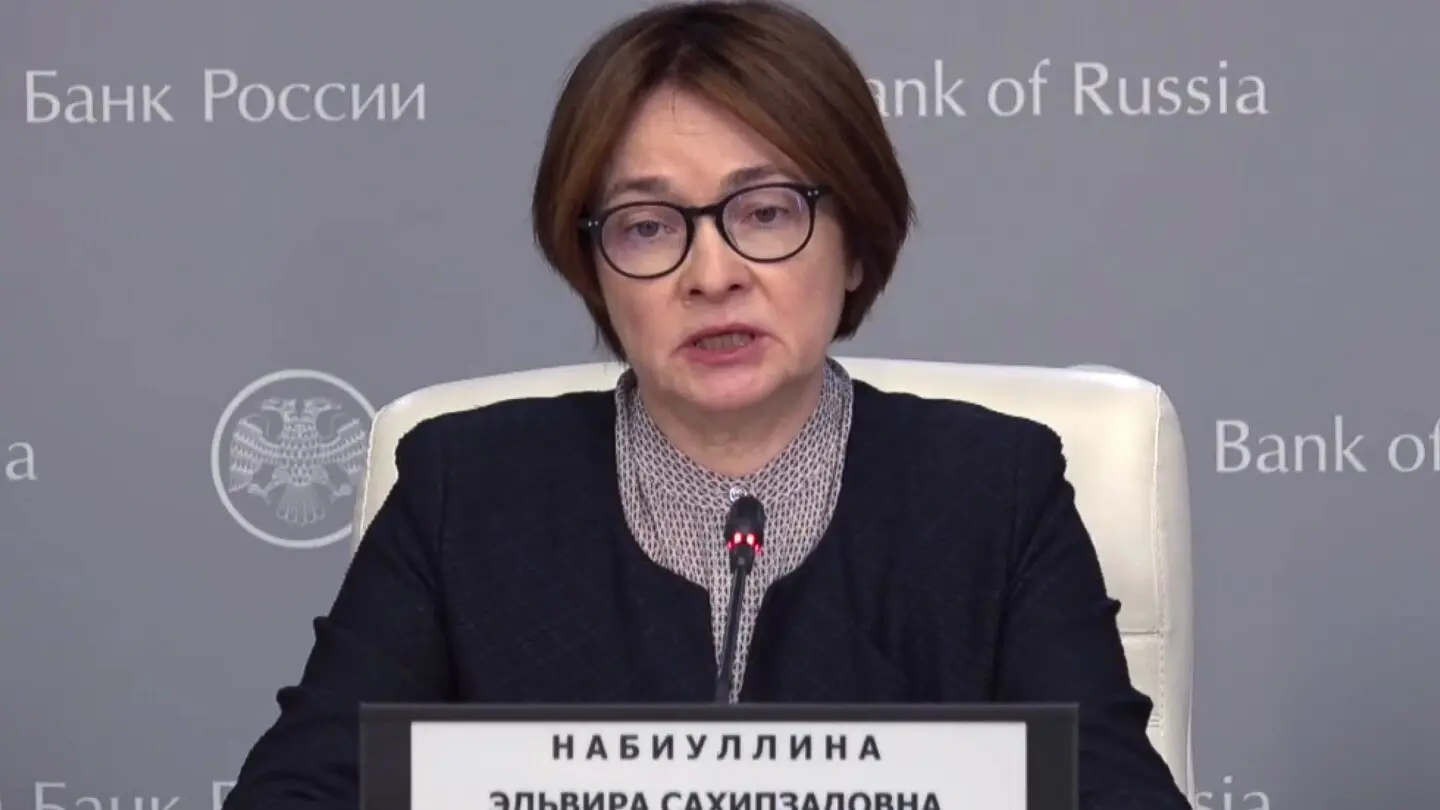- cross-posted to:
- ukraine
- cross-posted to:
- ukraine
Russia’s central bank on Friday raised its key interest rate by two percentage points to a record-high 21% in an effort to stem growing inflation as massive government spending on the military amid the fighting in Ukraine strains the economy’s capacity to produce goods and services and drives up workers’ wages.



Super layman’s explanation ahead, there is a high chance of me getting something wrong here:
Very broadly, inflation can be caused by there being more money to spend than there are goods to buy with it.
If there’s €10 in the system that is available to be spent and an amount of goods that was worth €5 yesterday, the goods are probably going to be worth €10 now.
When a bank gives a loan to someone, it effectively creates new money. This doesn’t need to involve actually making new money in the sense of a mint or even a central bank. If I possess €100 of actual physical cash and I give €50 loans to five people, that’s totally fine so long as I can rely on no more than two of them actually requiring hard cash at a time before they pay me back. So now I have essentially “created” €150 more than there was before. And so long as everyone trusts that I can actually show up with €50 on demand, they can act as if they have the €50.
The central bank’s interest rate is what the central bank will pay me if I keep my €100 deposited with them. If that’s 5%, I’ll have €105 next year. As such, I will only offer loans if I expect to make more than €5 off of them once they are all repaid.
So if the interest rate is 21%, you are gonna need a hell of a business plan to be able to beat what I’d get by just leaving my money with the central bank. I am now unlikely to lend any money unless someone can persuade me that they’ll beat 21%. As such, I’m no longer loaning money out to all of those five people. Only two of them have plans that are that good. Now, there is way less money available to spend than there was in the other scenario, because two people have €50 each instead of five. If the amount of goods to buy stays constant, then by the principal from the very start of this mess there is less inflation. Buyers don’t have more money to spend, and prices remain lower.